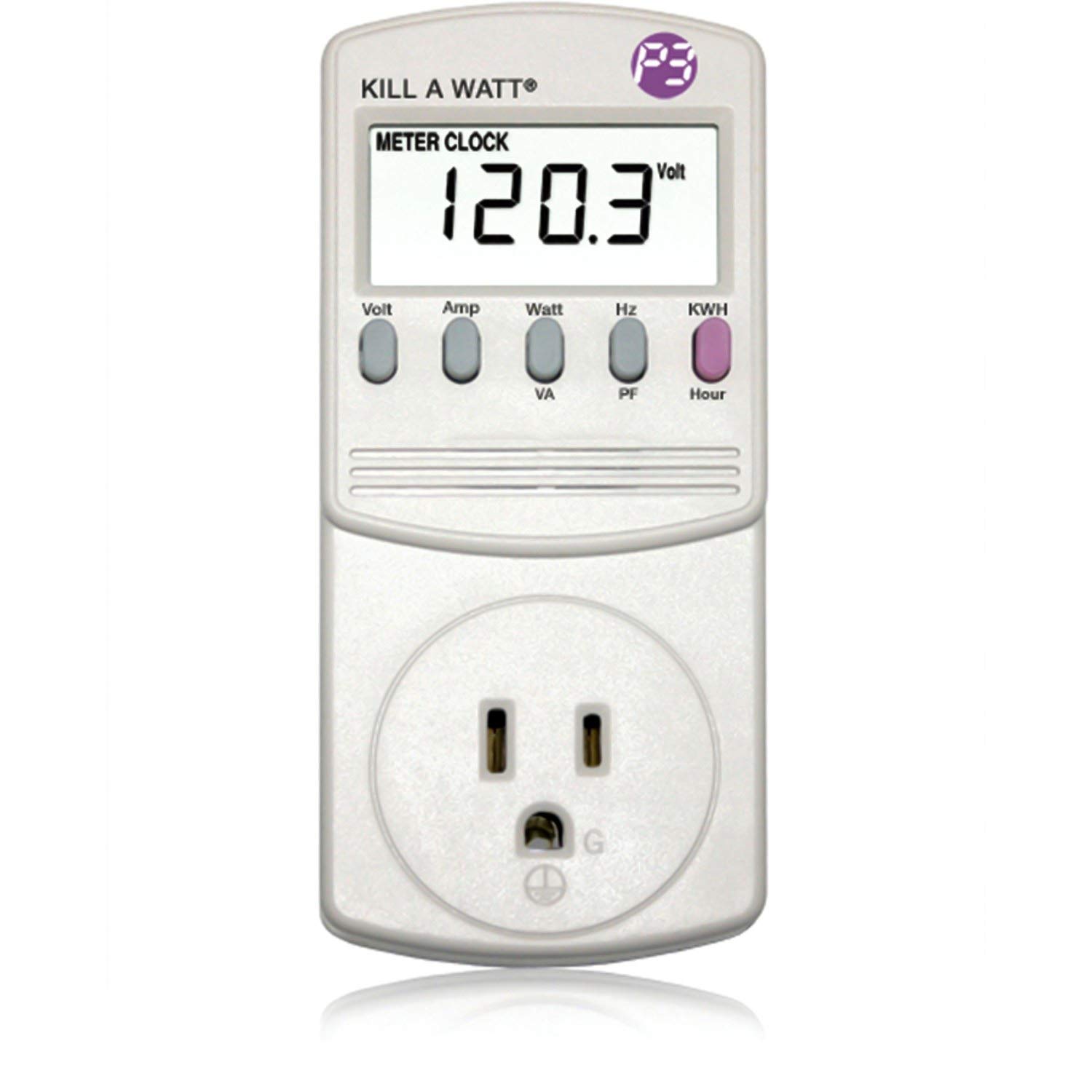Apparently my new apartment refrigerator doesn't consume any battery bank power when on the hook.
I've been repeatedly asked how much power the unit consumes including the inverter idle consumption. So I finally got around to doing a test.
The test:
After the unit had been running and temperature stable for a few days, I ran a 24 hour test from 12 noon to 12 noon. I set the air conditioner at 80 degrees upper limit and recorded cabin temperatures from 72 to 80 degrees. The refrigerator is in the upper 30s and the freezer was just above 0 degrees Fahrenheit.
With everything else turned off (including the refrigerator), the inverter (Magnum Energy MS 2812) draws 2.9 amps at 12.5 volts according to my Vicktron Battery Monitor. When you turn on the circuit for the refrigerator and the ventilation fan (fan runs continuously) without the refrigerator compressor running, the power consumption goes up by .15 amps according to the battery Monitor. So, the total power consumption of the inverter and refrigerator circuit without the compressor running is 3.05 amps at 12.5 VDC, or 38.125 watts. This 38.125 watts over 24 hours equals 915 watts or 73.2 AH (Amp Hours).
So, of the power consumed in 24 hours, the inverter and non compressor consumption is 73.2 AH. You'll want to remember that number.

So I started the test with my battery Monitor reading 100% state of charge. Waited for the compressor to run for a while and watched the battery monitor drop to 99.8% state of charge. When I returned to the boat the next day, the state of charge was down to 92.5%. The refrigerator and the inverter had consumed 7.5% of the battery bank.



My battery bank is made up of Trojan T-105s. 4 pairs gives me 900 AH. 7.5% of 900 AH is 67.5 AH. You'll want to remember that number also.

So, the test consumed 67.5 AH. Of that 67.5 AH, 73.2 AH were consumed by the inverter and refrigerator circuit without the compressor. So, my refrigerator compressor and frost free function consumed -5.7 AH.

I'm sure someone can explain this slight discrepancy to me. Frankly, I don't care. Consuming <8% of the 900 AH battery bank in 24 hours is all I care about.



Ted




